June 2, 2022
Each year, the individuals within the T1D community contribute nearly half a billion dollars to major T1D research centers and to diabetes non-profit organizations. What do these donors want when they make their generous donations? For over a decade, the JDCA has conducted annual surveys to answer that question.
This report summarizes the six key findings from the 11th annual survey. The survey asks a range of questions to gauge the priorities, perspectives, and behaviors of these donors.
The survey was conducted in May 2022 and drew responses from T1D donors from a broad demographic area primarily within the United States.
Key Findings:
1) T1D donors want their money to support research to find a cure.
T1D donors give, year after year, for one reason above all others: to find a cure for T1D. When asked for their top priority for diabetes charities, nearly all T1D donors assert that funding cure research should be number one. See Chart 1.
Chart 1: Do you believe funding cure research should be the top priority for diabetes charities? (% Yes)
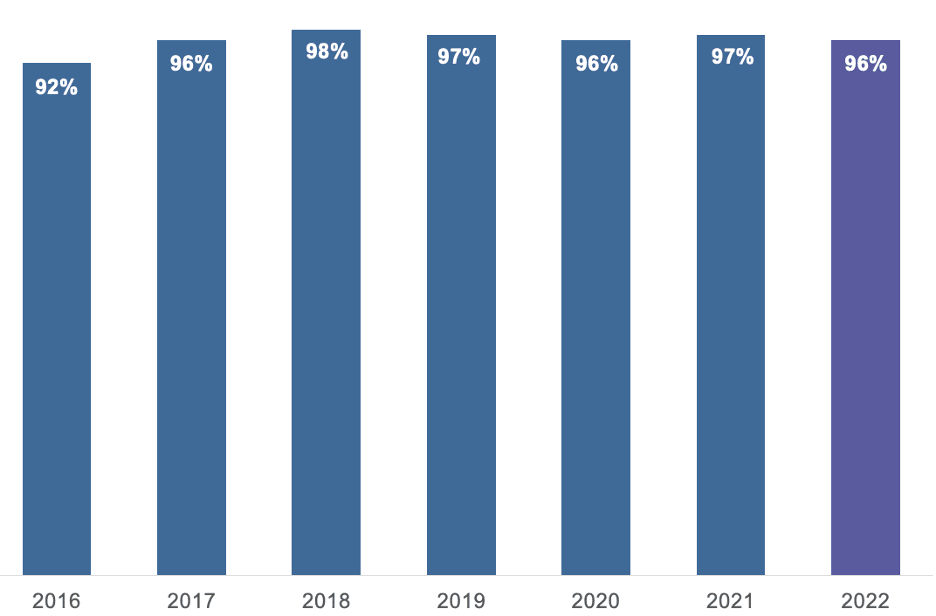
When given a wide variety of choices for how their donation could be used, T1D donors also choose cure research over all else. Programs related to lobbying, public education, and growing the organization itself are all secondary, by a significant measure, to finding a cure. See Chart 2.
Chart 2: What is the main reason you chose to give to diabetes charities or participate in an event (including virtual events)? Choose one:
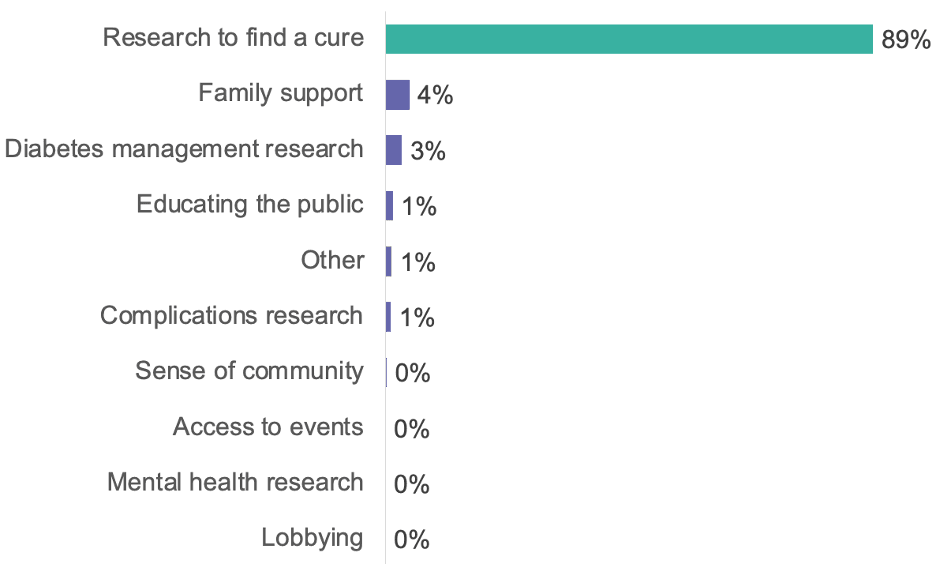
2) Despite all the money raised to cure T1D, donors do not feel optimistic that this outcome will be achieved.
Over the last five years, over a billion dollars have been donated to diabetes charities with the intention of funding cure research. Yet, this investment has not resulted in donors feeling any closer to their goal. See Chart 3.
Chart 3: Compared to last year, are you more or less optimistic that there will be a cure for T1D in the near future?
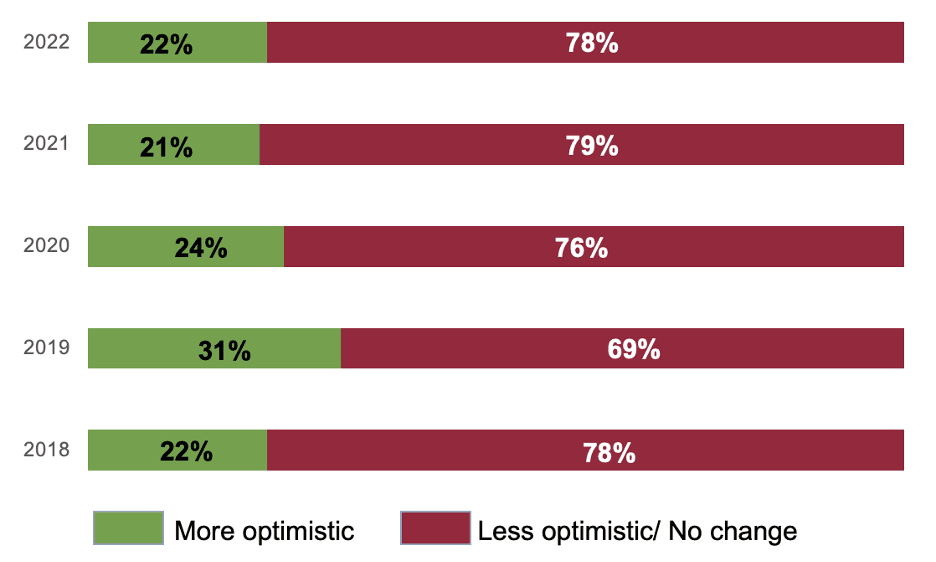
3) The T1D community believes in and supports a Practical Cure.
A Practical Cure is any solution that can be achieved within 15 years that would allow a person with T1D to live a healthy lifestyle free from daily insulin, daily glucose monitoring, and restrictions. When given this description, nearly everyone believes this outcome would improve the lives of people living with the disease. See Chart 4.
Chart 4: Do you believe that a Practical Cure would improve the quality of life for people currently living with T1D? (% Yes)
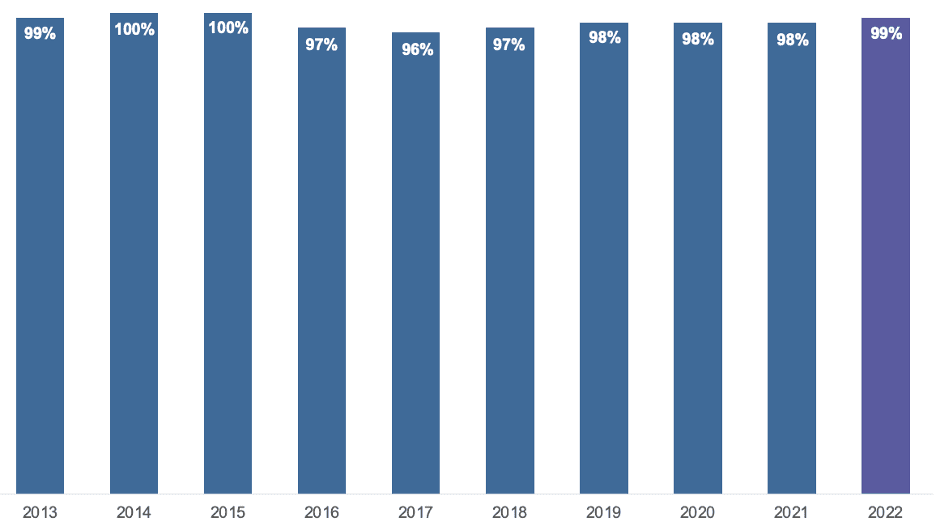
Over the past 11 years, Practical Cure research has not comprised more than 2% of T1D clinical trials in a single year. This means that there is a disconnect between the outcomes that people affected by T1D desire and the research we are funding. Nearly everybody in the T1D community says that, if they could, they would donate directly to Practical Cure research. See Chart 5.
Chart 5: Would you donate to a Practical Cure if that option was made easily available to you? (% Yes)
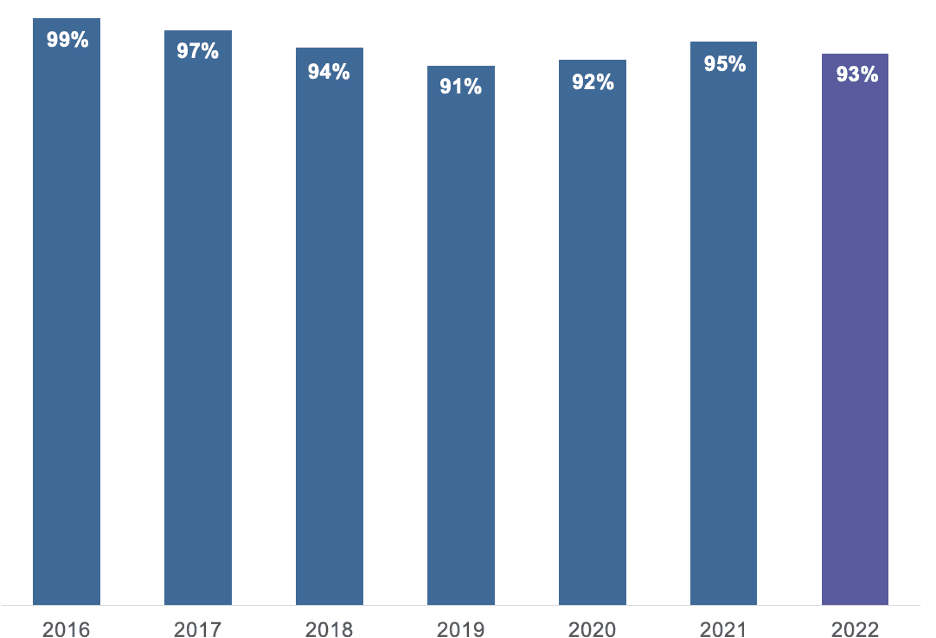
4) If JDRF restored research grant funding to greater than 50% of its revenue, people would give even more.
From 2014 onward, JDRF – the world’s top nonprofit funder of T1D research – reduced the amount it dedicated to funding T1D research grants to under 50% of its annual revenue. From 2001 to 2014, research grants always accounted for more than half.
The COVID-ravaged 2021 Fiscal Year provides JDRF and others an opportunity reset priorities and objectives. During that year, JDRF made a difficult but fiscally responsible decision to cut its expenses across the board, including research grants. Moving forward, JDRF (and other organizations) have a golden opportunity to reset their allocation strategy to maximize the delivery of the mission.
When we asked JDRF donors if they would consider giving at a higher level if JDRF was to restore its commitment to funding T1D research grants, the majority said that they would. See Chart 6.
Chart 6: Would you consider donating at a higher level if JDRF were to dedicate at least half of its revenue to research grants?

